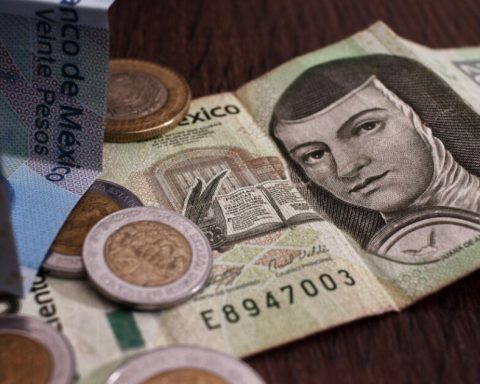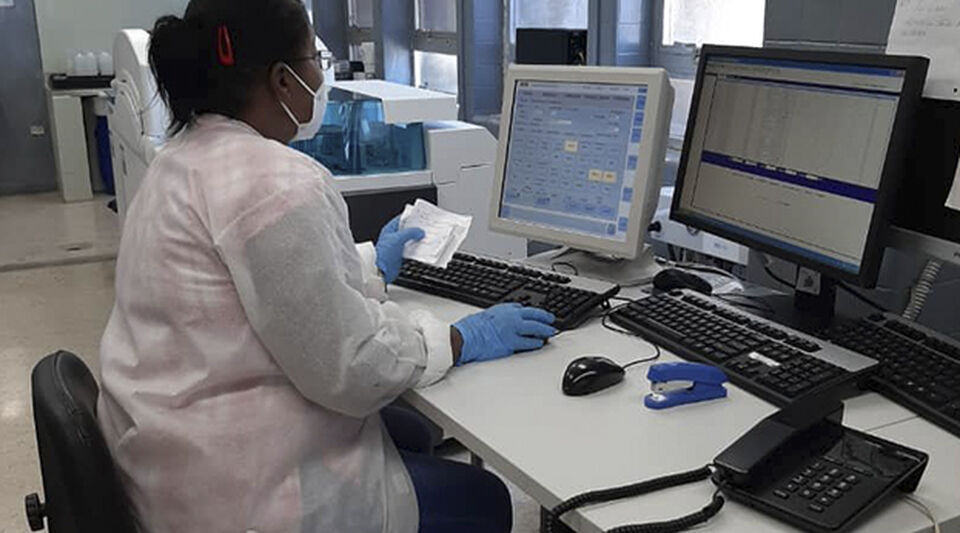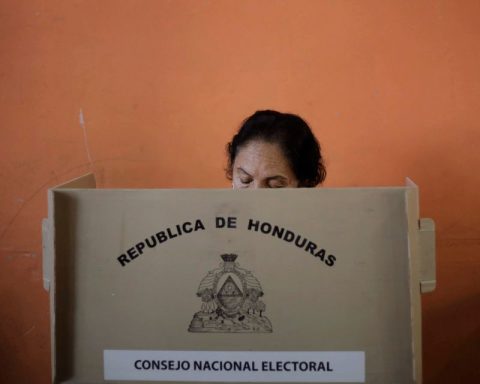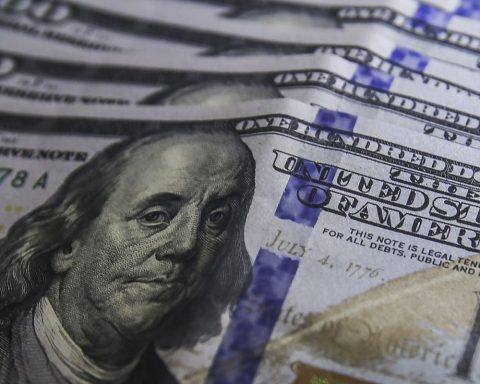Although they are no longer minted, 10-cent coins are the fractional coins with the largest circulation in the country.
But do not be confused, although the currency of 50 cents is the the only one that is manufactured in San Luis Potosí, the others do not lose their value.
“If you arrive at a place to make a payment, they have the obligation to receive. If you get to pay the predial, beyond the discomfort of the person who receives the money, they are obliged to receive the payment even when you arrive with hundreds of coins, “he said in an interview Alexander Cheerfulhead of the General Directorate of Issuance and Chief Cashier of Banxico.
This year, the central bank ordered the Mint to mintage of 2,285 million coins, of which, 507 million correspond to those of 50 cents. For the next year, Banxico will mint 2.5 billion coins of all denominations.
A survey by the Bank of Mexico showed that Mexicans don’t like to use 10 and 20 cent coinssince due to their small size they are associated with low value or are thought to be undervalued.
People prefer to use the 50-cent “coins” to buy bread and tortillas, pay for public transportation, photocopies, to give tips and alms, buy cigarettes, newspapers, and give gifts to grandchildren.
Although pennies are not allowed in snack vending machines or parking cashiers, Alegre said Banxico cannot force companies to make machines that accept all denominations and it is up to users to demand that these companies include them. new denominations.
“We know that some manufacturers and distributors have calibrated these equipment little by little, some have not done it with the speed that we would like, but it is not something that is within the powers of the Bank of Mexico,” Alegre said.
Coins divide vulnerable groups
A Banxico survey indicated that people with visual impairments prefer the design of small 50-centavo coins because they are easier to distinguish due to their relief and thickness. It is a way, then, that allows them to differentiate in their pocket the value of the pieces they carry.
On the contrary, older adults prefer large coins such as old 20 and 50 cents since they are easier to manipulate with the fingers, the current small ones represent a challenge for this group.

















